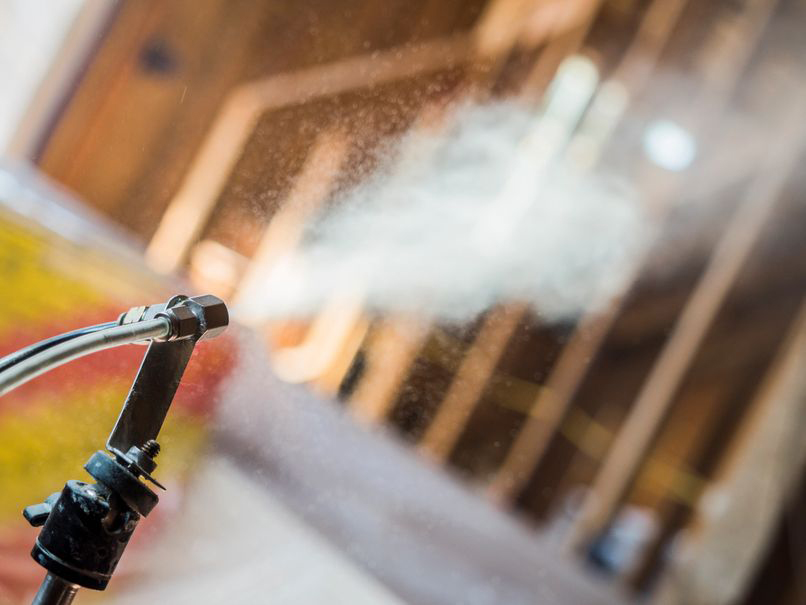Do you ever sit down after a long day of work to wind down, and realize your options are lights on full blast or complete darkness? To avoid that all-or-nothing scenario, we use what are called lighting layers when designing a space. Lighting in layers is essential to any space in your home to have the ability to create different moods and scenes. Since the warm weather is finally here, let’s talk about how to apply layers to your outdoor spaces.
We’ll start by identifying the three layers of lighting: ambient, accent, and task. Ambient is your general lighting, and in an outdoor space is the most common. For this first layer think about wall sconces, flush mounts, chandeliers, ceiling fans, flood lights, or recessed lights. The most common is sconces, and I love using fixtures that have more than one bulb to really get the most out of that layer. Adding a chandelier over your outdoor dining table or a few pendants over seating brings indoor comforts to the outdoors, and turns a patio or porch into a fully functional space. For a less permanent option, hanging a few strands of bistro lights will do the trick. And as a bonus, the bistro lights will give you that European café feeling of dining al fresco.
The second layer, accent lighting, is my personal favorite for outdoors because there are so many ways to be creative with it! The easiest way to identify this layer is to look for indirect light. Landscape lighting is common, and a great addition for the custom home look. The most popular examples include spot lights on trees and bushes, path lights, deck lights, and step lights. Although they aren’t direct lights, these sources can be very useful in lighting your space. Adding outdoor tape light to the underside of deck railing, under stair handrails, beneath bench seating, or below an outdoor bar counter are a few of my favorite ideas. The third layer, task lighting, is not nearly as prominent in outdoor spaces, but outdoor lamps and lanterns are a fun way to incorporate this layer.
When deciding what layers will work best for your space, there are a few tips and tricks to keep in mind. First, and most importantly, consider putting ambient sources on dimmers. There are times when you need them at full power, but often, when entertaining or lounging the ability to dim can make a massive difference. And secondly, there are two specs I want you to pay attention to when shopping: color temperature and light output. The color temp refers to the warmth or coolness of the light, measured in kelvin, and you want all your layers to match on this spec. Keeping the kelvin consistent from layer to layer will gives a seamless blend of light. When looking at light output, measured in lumens, you want each layer to be very different. Having layers with different light outputs allows you to create lighting moods with various combinations of layers. Ambient and task for dinner, dimmed ambient and accent for drinks, or accent and task for a bonfire.
Light layers are a beautiful and functional way to upgrade any space, inside or out. So whether you’re hosting the family reunion, the block party, friends for game night, or just a casual Wednesday wine night with the girls this summer, let layered lighting turn your yard into the go-to spot.








